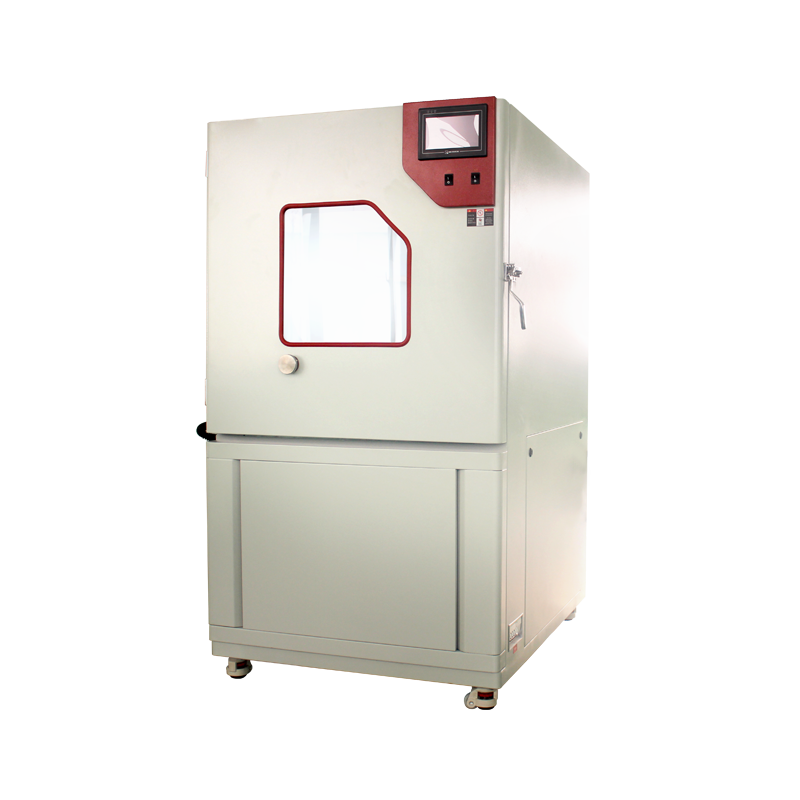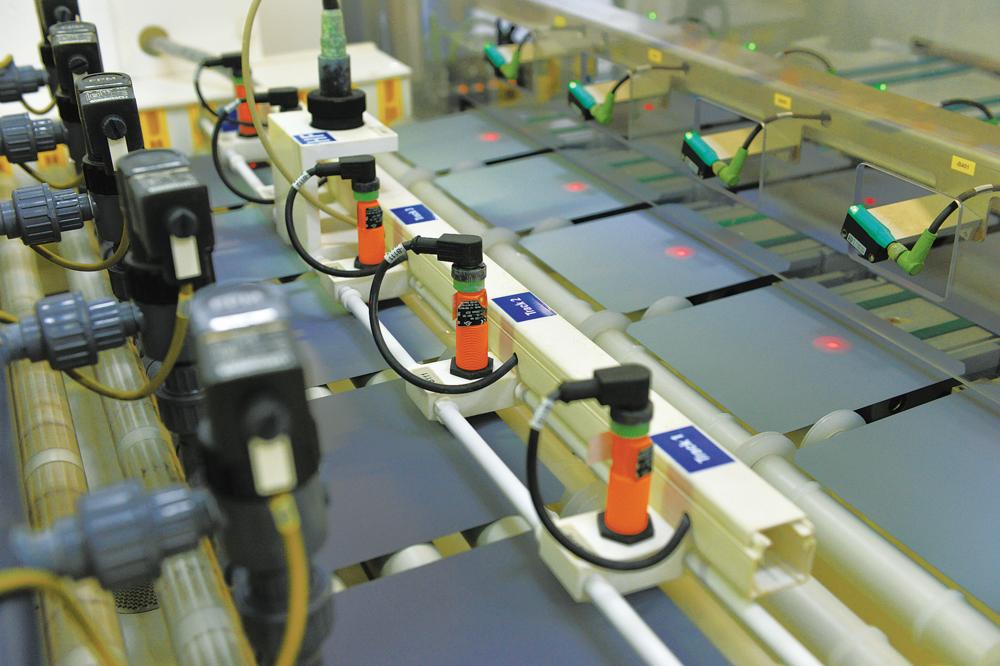A sand and dust test chamber is used to simulate sandy and dusty environments to evaluate the sealing and protective performance of products. To ensure the accuracy and reliability of test results, the following usage specifications must be followed:
-
Environmental Requirements:
The test chamber should be placed in a well-ventilated, dry, dust-free, corrosion-free, and vibration-free environment, away from heat sources and strong magnetic fields. -
Test Specimens:
Test specimens inside the chamber should be positioned appropriately and not placed too close to the chamber walls or airflow ducts to avoid affecting test results. -
Test Conditions:
Set the test conditions according to the required standards, including parameters such as temperature, humidity, and dust concentration. Before testing, the equipment should be preheated and inspected to ensure the chamber is in a stable state.

-
Operational Precautions:
Operators should possess relevant skills and experience and strictly follow the operating instructions. During testing, parameters such as temperature, humidity, and dust concentration inside the chamber should be monitored, and adjustments should be made promptly to ensure test accuracy and reliability. -
Post-Test Handling:
After testing, the chamber should be turned off promptly, and residual sand and dust should be cleaned to maintain the chamber’s cleanliness and optimal condition. -
Maintenance:
Regular maintenance, including cleaning, inspection, and repairs, should be performed to ensure the chamber operates normally and prolong its service life.
To ensure the correct use of the sand and dust test chamber and the reliability of test results, operators should carefully read the user manual and adhere to the specified procedures. Additionally, regular maintenance can extend the equipment’s lifespan and improve testing efficiency and accuracy.














